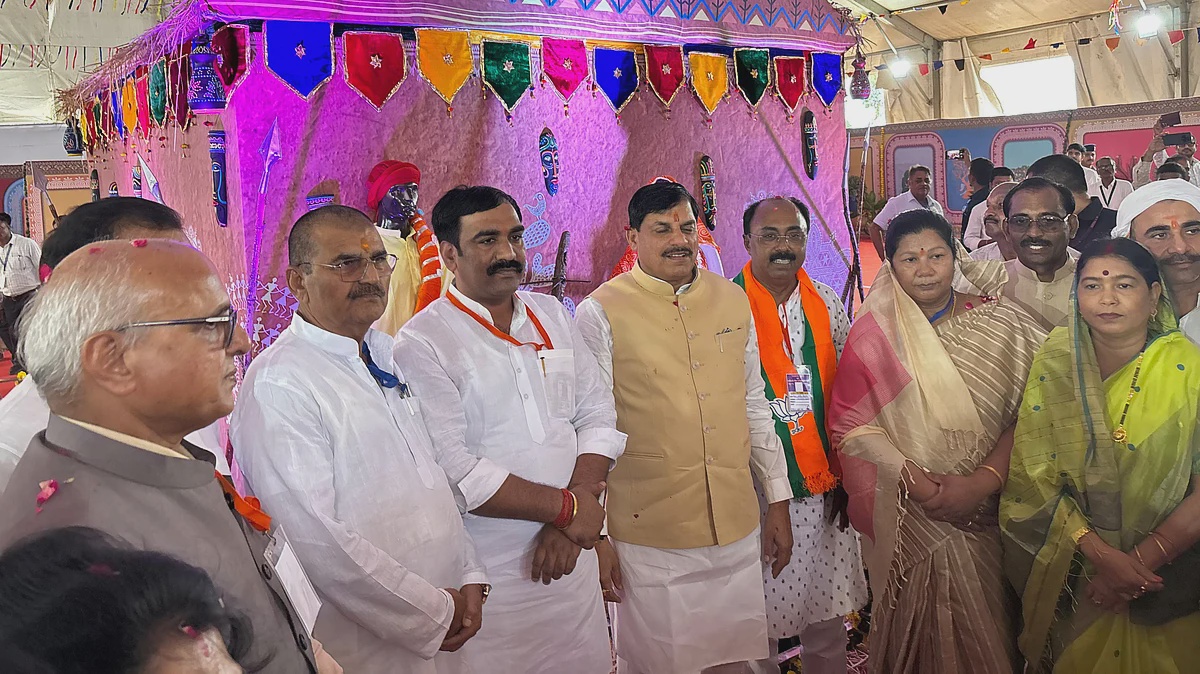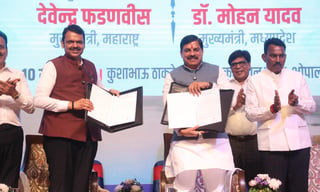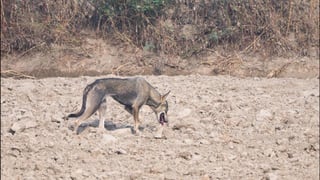The Chambal River is a tributary of the Yamuna River in Central and Northern India, and thus forms part of the drainage system of the Ganges. The river flows north-northeast through Madhya Pradesh, running for a time through Rajasthan then forming the boundary between Rajasthan and Madhya Pradesh before turning southeast to join the Yamuna in Uttar Pradesh state. It is a legendary river and finds mention in ancient scriptures. The perennial Chambal originates at Janapav, south of Mhow town, near Manpur, Indore, on the south slope of the Vindhya Range in Madhya Pradesh. The Chambal and its tributaries drain the Malwa region of northwestern Madhya Pradesh, while its tributary, the Banas, which rises in the Aravalli Range, drains southeastern Rajasthan. It ends a confluence of five rivers, including the Chambal, Kwari, Yamuna, Sind, Pahuj, at Pachnada near Bhareh in Uttar Pradesh state, at the border of Bhind and Etawah districts. The Chambal River is considered pollution free, and hosts a diverse riverine faunal assemblage including two species of crocodilians – the mugger and gharial, eight species of freshwater turtles, smooth-coated otters, gangetic river dolphins, skimmers, black-bellied terns, sarus cranes and black-necked storks, amongst others. Charmanwati' (also spelled Charmanvati) is a river mentioned in the epic Mahabharata. It is believed that the ancient name of Chambal river was Charmanvati, meaning the river on whose banks leather is dried. In due course of time, this river became famous as the river of ‘charman’ (skin) and was named as Charmanvati. From Wikipedia






